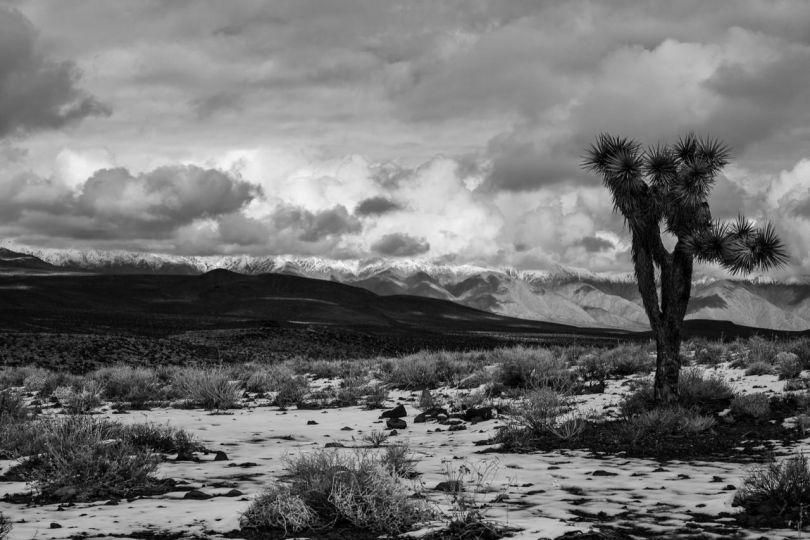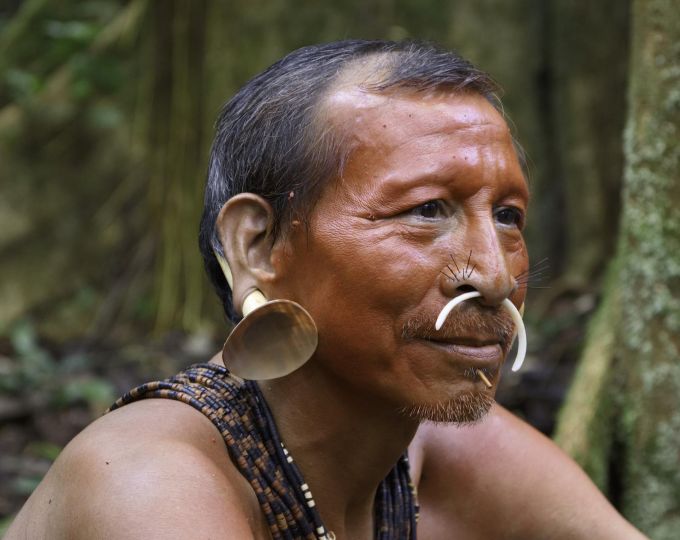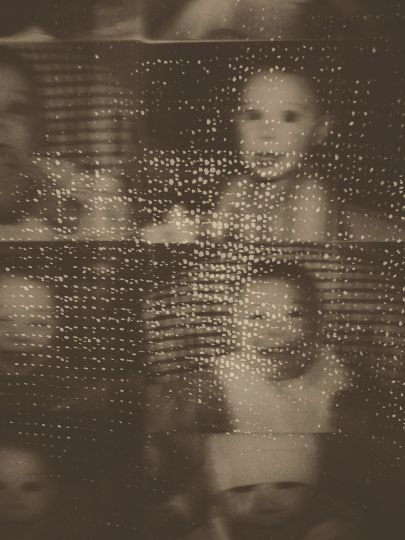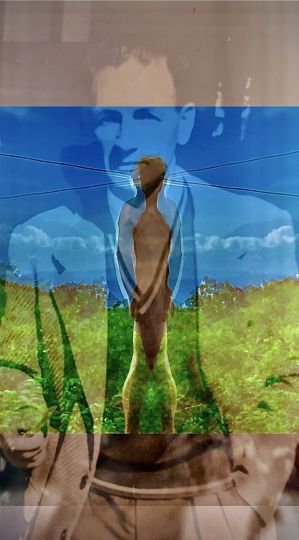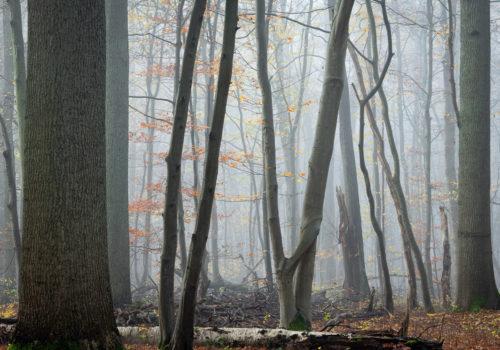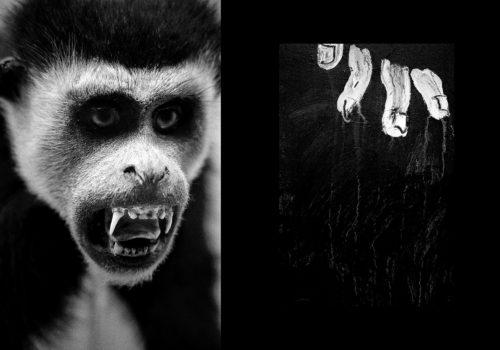The World Press Photo 2018 is exhibiting in Paris for a month. The opportunity to (re) discover the award-winning photographs and what they say about our time. Lars Boering, the managing director of the World Press Photo Foundation, gave us an interview.
Why did you choose this photograph of a man running, flames on his body burning him, during a harshly repressed demonstration in Venezuela as a photograph that won 1st prize?
The jury members spent a lot of time selecting this photograph. I believe first of all that they hailed the difficulty of taking this image. Everyone thinks it’s easy, but it’s not true, it’s very difficult to be so “in the middle of the embers” if I may say so. It’s a spectacular photograph! I immediately said, when I saw it, that it was perfectly in line with our previous sixty photographs that have won the World Press Photo since 1955. And then the events continue in Venezuela and it’s good to have an image that resonates particularly well with the news.
What exactly is the spirit of the World Press Photo?
It’s about showing the stories that matter to a general public. It is to encourage photographers who do this type of work. It is encouraging journalism, visual journalism, not necessarily just the job of a photojournalist, but also more generally the visual elements that make it possible to tell a story. And today, while freedom is under pressure, freedom of expression, freedom of the press, I think it’s a wonderful event and it really allows us to see what the world looks like today.
Yes, and also talk about the big news …
Yes quite. We also note here, at the exhibition taking place in Paris, that there are many young people coming, which is very encouraging for the World Press Photo because it shows that we can renew our audience. And when people come here, they sometimes tell us that they are surprised by stories and have never heard of them before.
I was thinking of a photograph of Magnus Wennman showing two young women being fed by a gastric tube in Sweden. They are refugees and have the syndrome called “resignation”. They can no longer feed themselves or even talk or move. They are paralyzed. This is due to the administrative refusals they experienced in their asylum application.
Yes, it’s an incredible story. Nobody knew her and thanks to this photographer, this story is traveling, people are interested in it and maybe even we will find a solution to this syndrome.
How do you proceed to make the selection? Is it not sometimes the subject that takes precedance over the quality of photography?
It’s always a combination. I think the members of the jury expect “big photographs”. they want strong images; it’s the ability and the power of photography that capture them. The ability to know how to make a photograph, according to the laws of the trade. The power of what photography brings. Then, the jury is more interested in the story and sometimes it is disappointing or, on the contrary, it is even stronger. I also believe that they are particularly attentive to honoring topics that have never been shown, such as the Swedish refugee syndrome we just mentioned. Sometimes the stories are incredible, but not the best photographs in the world. The photographer wins, however, because the combination is good. We are looking for the right combinations.
Interviewed by Jean-Baptiste Gauvin



